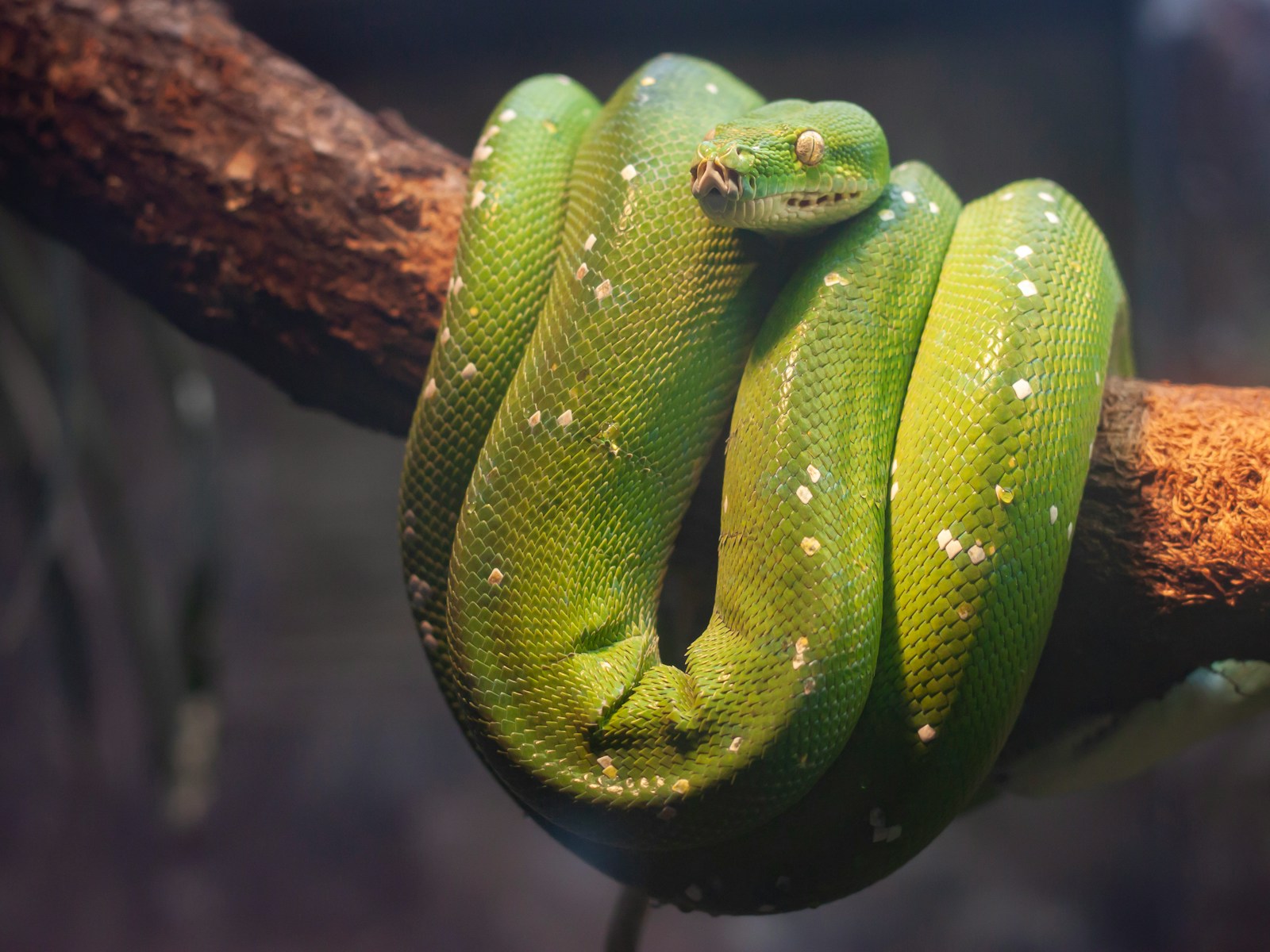Snakes, with their primitive yet remarkably effective brains, possess fascinating learning capabilities that often go unrecognized. Unlike mammals with complex cerebral cortices, snakes rely on more basic neural structures to form associations, particularly those related to survival behaviors like feeding. This article explores the intriguing processes through which these reptiles learn to connect specific objects, movements, and circumstances with food opportunities. From the laboratory to the wild, snakes demonstrate surprising adaptability in their feeding responses, challenging our understanding of reptilian cognition. Their ability to form these associations not only helps them survive in diverse environments but also creates interesting challenges for those who keep them in captivity. Understanding these learning mechanisms provides valuable insights into snake behavior and evolution, while offering practical applications for snake owners, handlers, and conservation efforts.
The Fundamentals of Snake Cognition

Snake cognition, though different from mammalian mental processes, is sophisticated in ways perfectly suited to their evolutionary needs. The reptilian brain lacks a neocortex but compensates with well-developed structures like the medial and dorsal cortex, which handle sensory integration and primitive learning functions. These neural systems enable snakes to form associations between environmental stimuli and biologically significant outcomes, particularly those related to feeding, mating, and danger avoidance. Research has shown that snakes possess remarkable neuroplasticity, allowing them to adapt their responses based on experience despite their seemingly simple neural architecture. This cognitive flexibility helps explain how snakes can thrive in diverse habitats worldwide, from deserts to rainforests, adapting their hunting strategies to local prey availability and environmental conditions.
Classical Conditioning in Serpents
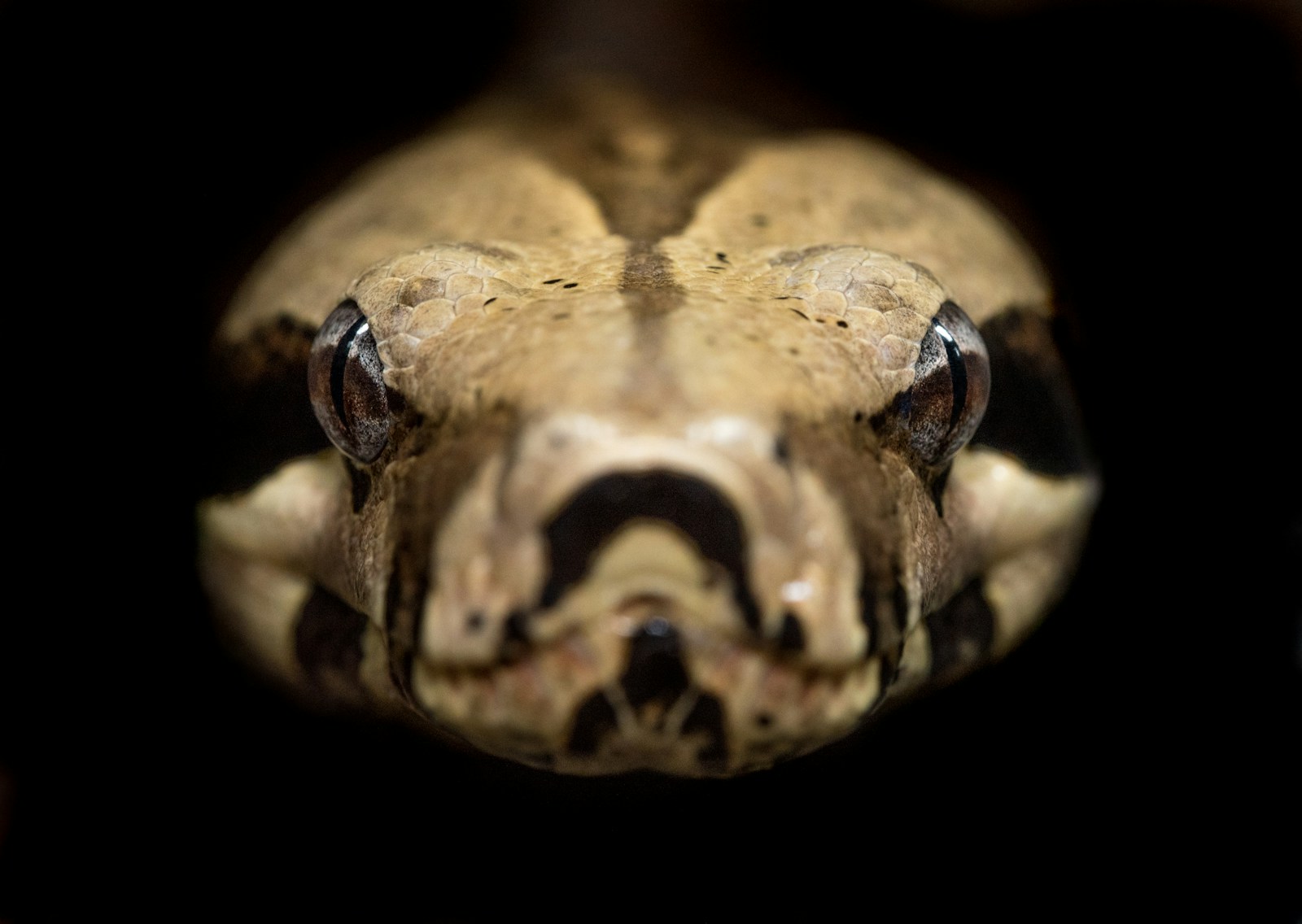
Classical conditioning forms the foundation of how snakes learn to associate objects with feeding opportunities. Similar to Pavlov’s famous experiments with dogs, snakes can learn to associate neutral stimuli with food rewards through repeated pairings. For example, captive snakes often learn that the opening of their enclosure or the appearance of feeding tongs signals an imminent meal, triggering feeding responses before food is even presented. This form of learning involves the creation of neural pathways connecting sensory information (sight of tongs) with anticipated rewards (food), eventually producing automatic behavioral responses. Research conducted at several herpetological institutes has documented snakes exhibiting anticipatory tongue-flicking, increased activity, and striking postures when exposed to conditioned stimuli. What’s particularly interesting is that these associations can form relatively quickly in snakes—sometimes after just a handful of consistent pairings—despite their reputation for limited cognitive abilities.
The Role of Scent and Chemical Detection
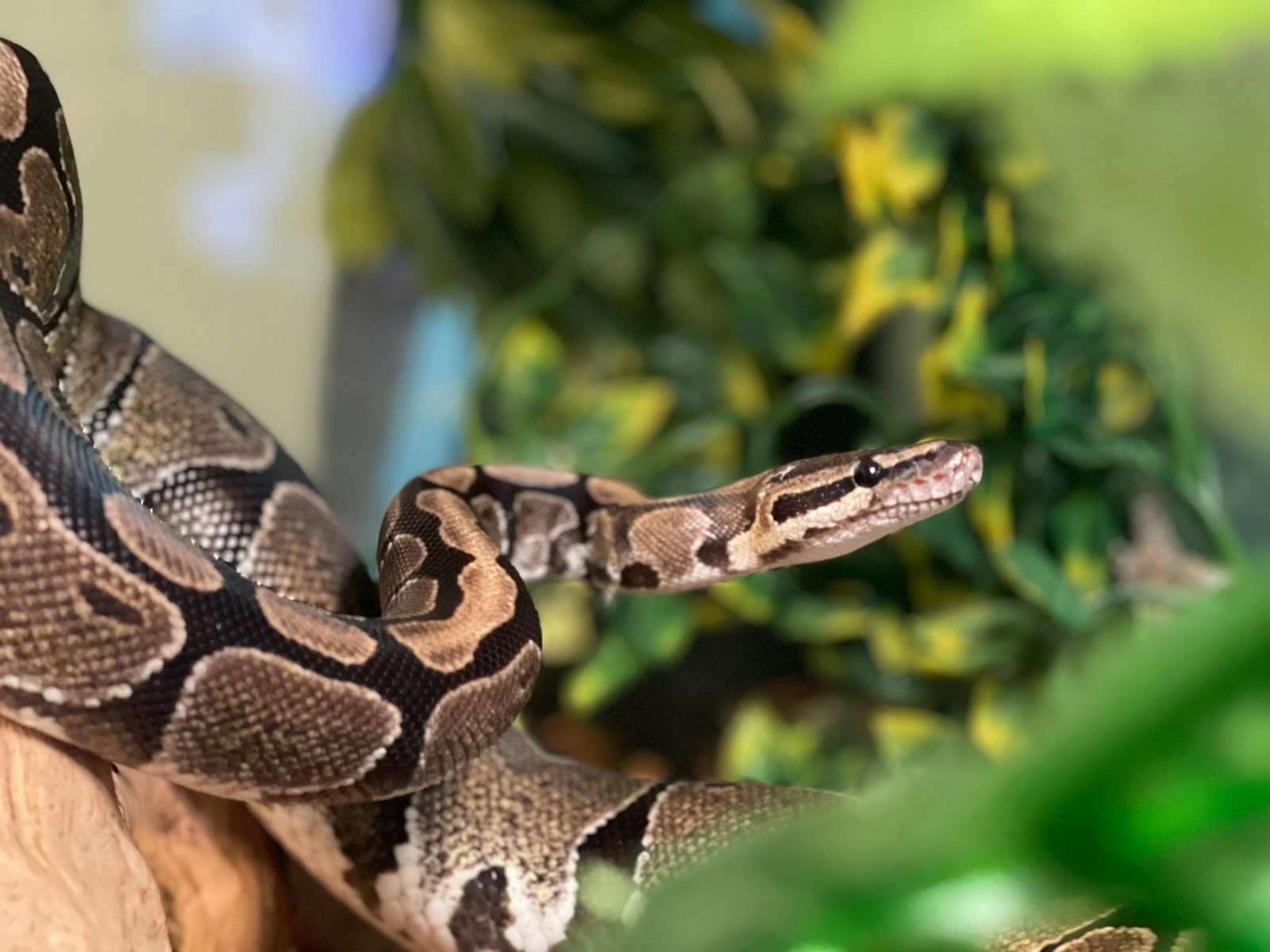
Olfactory information plays a central role in how snakes form feeding associations, given their extraordinary chemosensory capabilities. Through their highly specialized vomeronasal organ and frequent tongue-flicking, snakes collect and process chemical information from their environment with remarkable precision. When a snake encounters a particular scent repeatedly paired with successful feeding, it creates a strong chemical memory that becomes increasingly refined over time. This explains why snakes in captivity can become particularly responsive to the scent of their regular prey items or even the handling gloves used during feeding. Scientific studies have demonstrated that snakes can distinguish between dozens of different chemical signatures and remember them for extended periods, sometimes months after initial exposure. This chemical learning process is so fundamental to snake cognition that some species can even identify prey they’ve never encountered before based solely on evolutionary-preserved scent recognition systems.
Visual Stimulus Learning
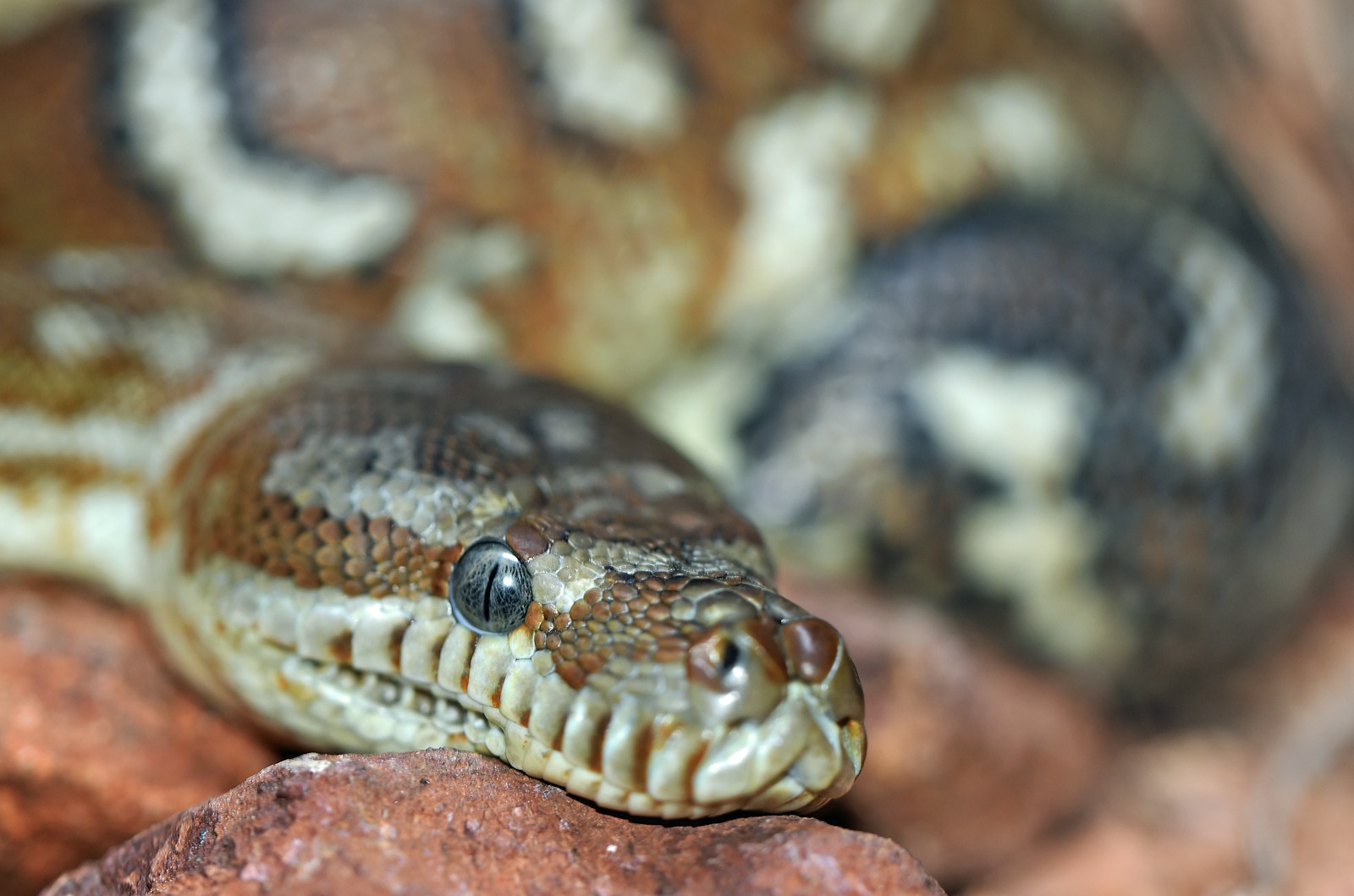
While often overshadowed by their chemical sensing abilities, visual learning plays a significant role in feeding associations for many snake species, particularly diurnal hunters. Snakes with good vision, such as many colubrids and certain vipers, can learn to recognize specific shapes, movements, and colors associated with feeding opportunities. In laboratory settings, researchers have demonstrated that some species can distinguish between different geometric patterns when those patterns predict food rewards. For instance, arboreal species that hunt birds may develop heightened responses to movements from above their enclosures after repeated feeding experiences. This visual learning capability becomes especially important for ambush predators like pythons and vipers, which must decide when to expend energy on a strike based on visual cues. Interestingly, the visual acuity of snakes varies dramatically between species, with arboreal hunters typically possessing better vision than their ground-dwelling counterparts.
Thermal Detection and Learning
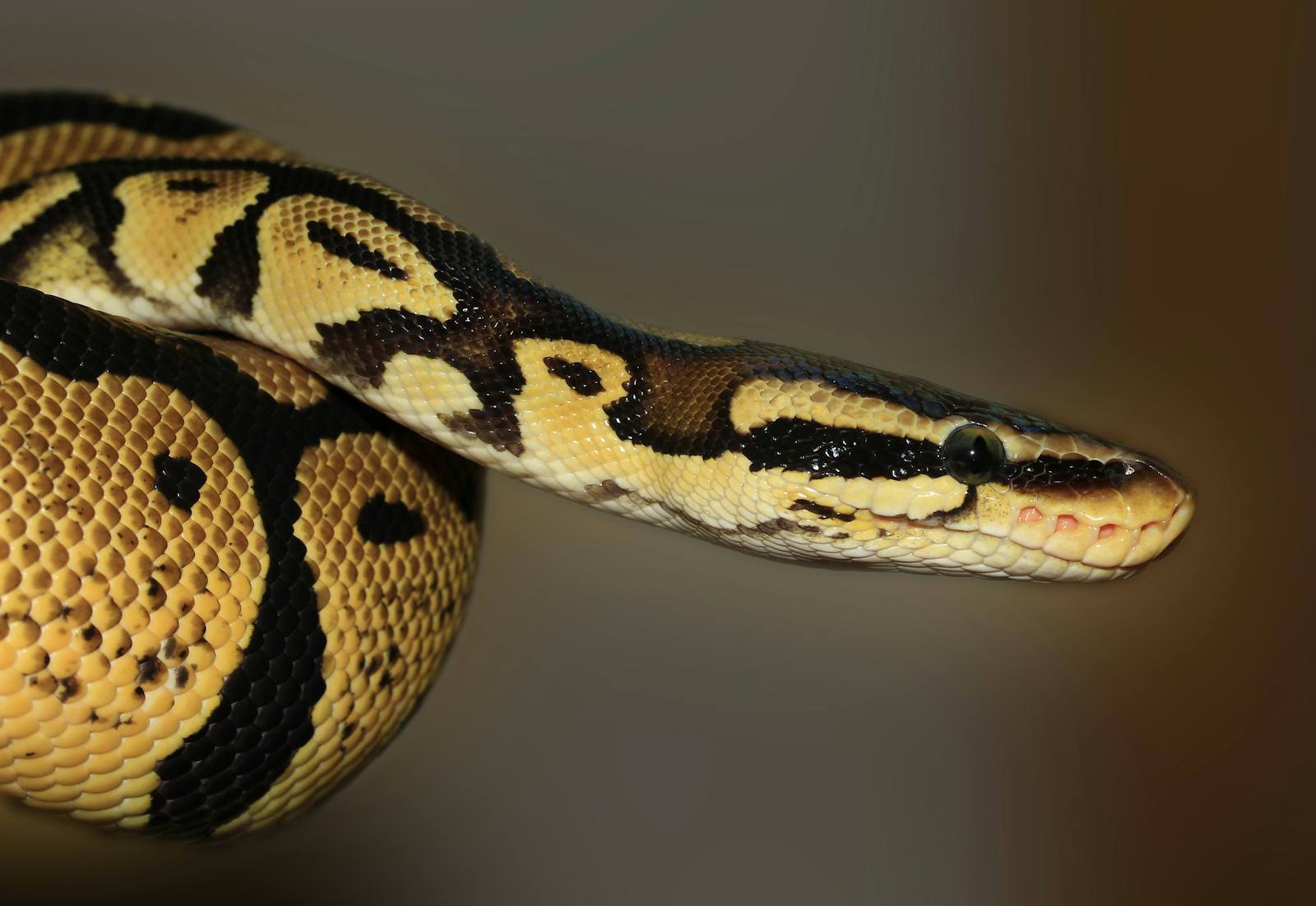
For pit vipers, pythons, and boas, the infrared-sensing pits represent another crucial sensory channel through which feeding associations form. These specialized organs detect heat signatures from potential prey, creating a thermal image that complements visual and chemical information. Through repeated feeding experiences, these snakes learn to associate specific thermal patterns with successful predation opportunities. Captive specimens often demonstrate increased excitement when they detect the characteristic heat signature of their preferred prey, even when visual and olfactory cues are absent. Research using controlled thermal environments has shown that snakes can distinguish between different heat patterns and temperatures, forming precise memories about which thermal profiles indicate suitable prey. This specialized learning ability provides these snakes with a significant hunting advantage, especially in low-light conditions or when tracking prey through dense vegetation. The integration of thermal learning with other sensory associations represents one of the most sophisticated aspects of snake cognition.
Spatial Learning in Feeding Contexts

Contrary to popular perception, snakes possess remarkable spatial learning abilities that contribute to their feeding success. Many species demonstrate the capacity to remember locations where they’ve successfully captured prey, increasing their attention and hunting behaviors when returning to these areas. Field studies tracking wild snakes have documented individuals repeatedly returning to specific hunting grounds at particular times, suggesting they form complex spatial-temporal associations. In captivity, this manifests as snakes becoming more alert and exhibiting feeding responses in specific areas of their enclosures where they’re routinely fed. This spatial learning extends beyond simple location memory—some species appear to learn about the structural characteristics of environments that tend to harbor prey, such as particular types of cover or terrain features. For snake keepers, understanding this aspect of snake cognition explains why consistent feeding locations can sometimes trigger stronger feeding responses than variable locations.
The Development of Prey Recognition
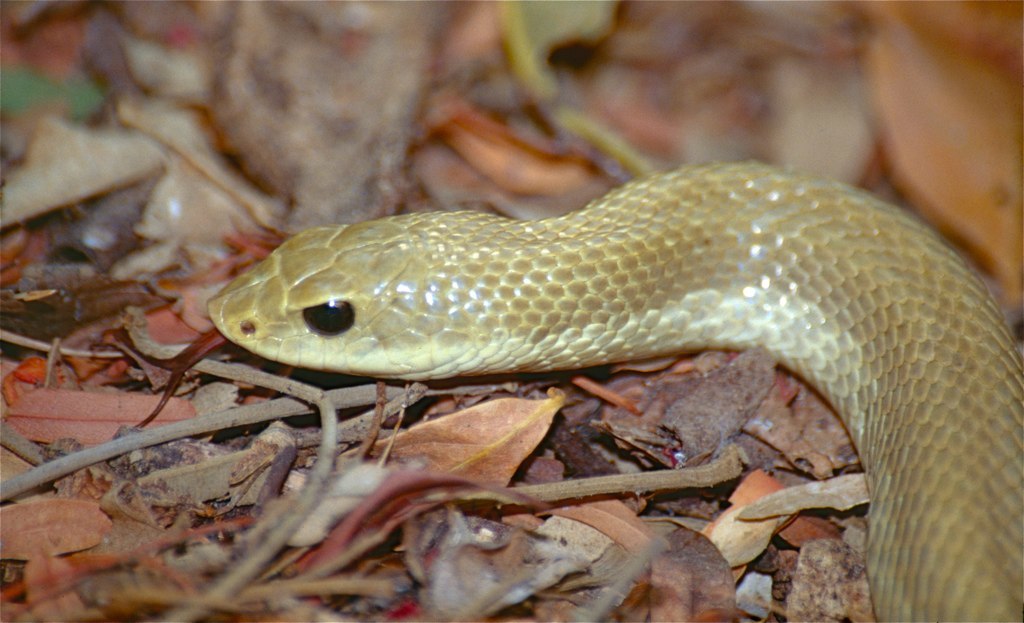
Young snakes begin developing feeding associations from their very first meals, with early experiences strongly influencing their lifetime prey preferences. Neonate snakes often possess innate responses to certain prey characteristics, but these become refined through learning as they encounter various potential food items. Research with captive-bred specimens has demonstrated that young snakes that successfully capture and consume specific prey types during critical developmental periods often maintain strong preferences for similar prey throughout their lives. This learning process involves multiple sensory systems working in concert—visual recognition of movement patterns, olfactory identification of chemical signatures, and for some species, thermal detection of body heat. The strength of these early feeding associations explains why some captive snakes develop such strong preferences that they may refuse alternative prey items, even when hungry. Conservation programs working with endangered snake species now recognize the importance of providing appropriate early feeding experiences to ensure released specimens can hunt effectively.
Conditioning and Habituation in Captivity

Captive environments create unique opportunities for snakes to form feeding associations that wouldn’t occur in nature. Many snake owners observe their pets developing responses to specific routines that precede feeding—recognizing the sound of the freezer opening, specific handling patterns, or even the day of the week when feeding regularly occurs on a schedule. These associations form through consistent pairing of these stimuli with subsequent feeding events, sometimes leading to what keepers call “feeding mode” where the snake becomes highly alert and responsive. Habituation also plays an important role, as snakes learn to ignore irrelevant stimuli that don’t predict feeding opportunities, allowing them to conserve energy and reduce stress. Professional reptile collections and zoos carefully manage these associations, sometimes deliberately creating distinct feeding routines that differ from handling procedures to reduce feeding-related aggression. Some facilities use specific feeding containers distinct from the main enclosure to help snakes develop clear associations about when and where feeding occurs.
Species Differences in Learning Capacity
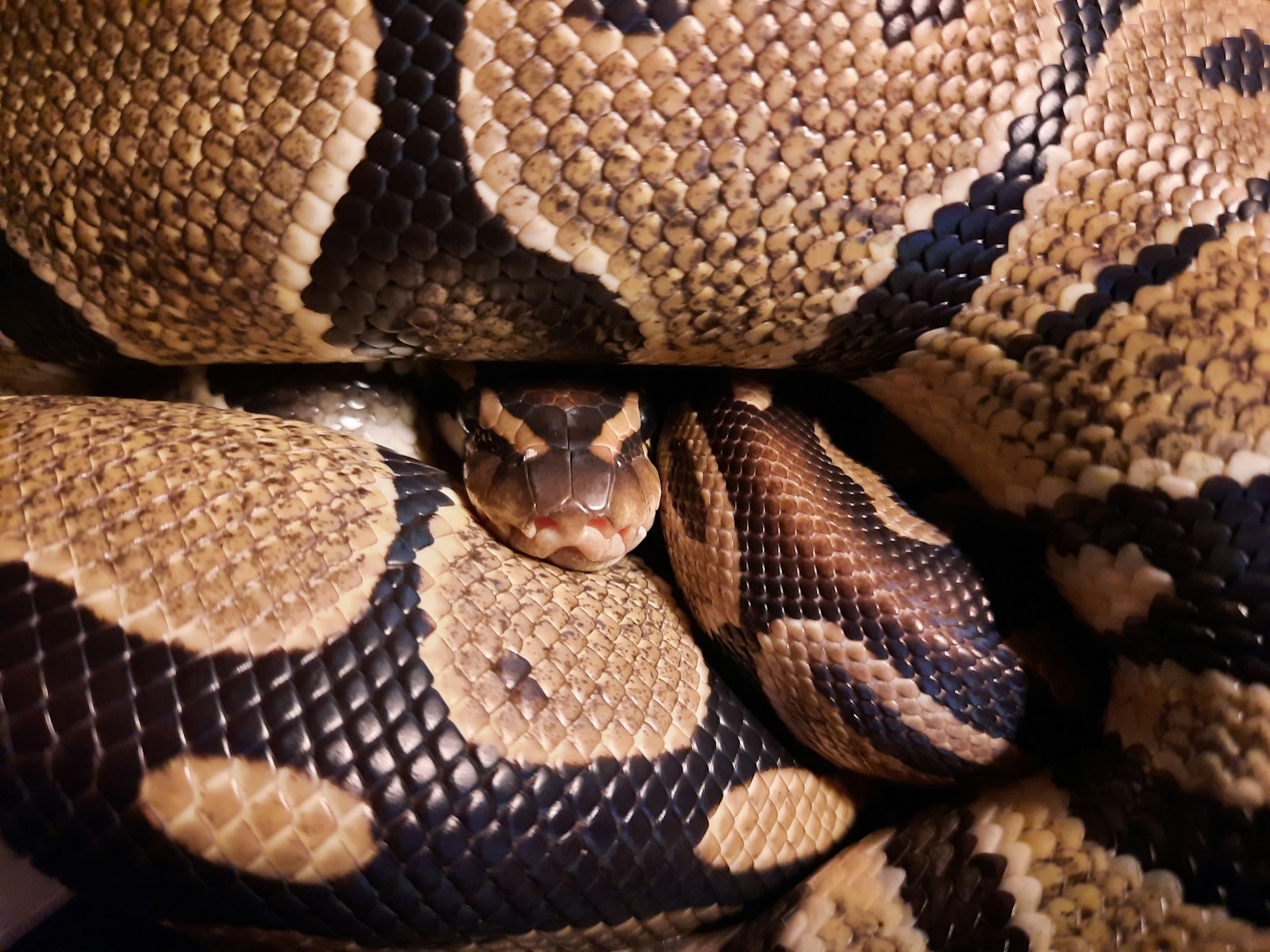
The ability to form feeding associations varies dramatically across snake species, reflecting their diverse evolutionary histories and ecological niches. Active foragers like rat snakes and king snakes often demonstrate more rapid association learning than ambush predators, likely because their natural hunting strategies require more extensive searching and decision-making. Arboreal specialists generally show enhanced visual association capabilities compared to fossorial (burrowing) species, which rely more heavily on chemical and tactile cues. Research comparing learning across families has found that colubrids (like corn snakes and king snakes) typically form new associations more quickly than pythons or boas, though the latter often retain these associations for longer periods. Even within closely related species, differences emerge—those with more generalist diets in nature typically demonstrate greater flexibility in forming new feeding associations than specialists with narrow prey preferences. These species-specific learning patterns highlight how cognitive abilities evolve to match ecological demands rather than following a simple hierarchy of intelligence.
The Role of Appetite in Learning Strength
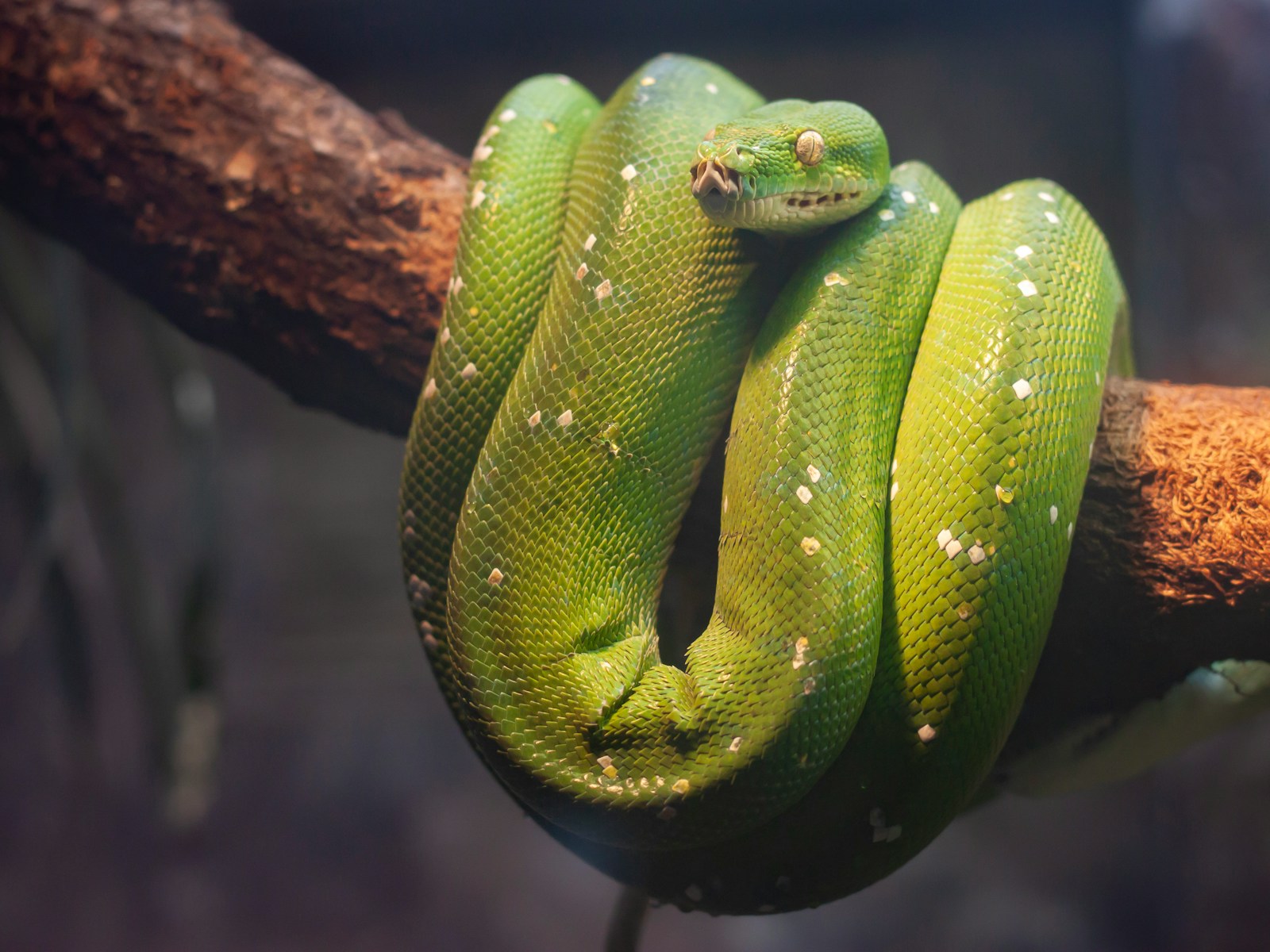
A snake’s physiological state, particularly its appetite level, dramatically influences its ability to form new feeding associations. Hungry snakes demonstrate heightened attention to potential feeding cues and form stronger associative memories when successful captures occur during periods of significant hunger. This relationship between internal state and learning efficiency makes evolutionary sense—the biological value of remembering a successful feeding strategy increases with the organism’s need for nutrition. Laboratory studies measuring strike frequency and tongue-flick rates confirm that food-deprived snakes show accelerated learning curves when forming new associations between environmental stimuli and feeding opportunities. For snake keepers, this explains the common observation that slightly hungry specimens tend to learn new feeding routines more quickly than recently fed individuals. This principle has practical applications in reptile husbandry, rehabilitation settings, and zoo management, where strategically timed feeding attempts can maximize the development of desired feeding responses.
Negative Associations and Aversive Learning
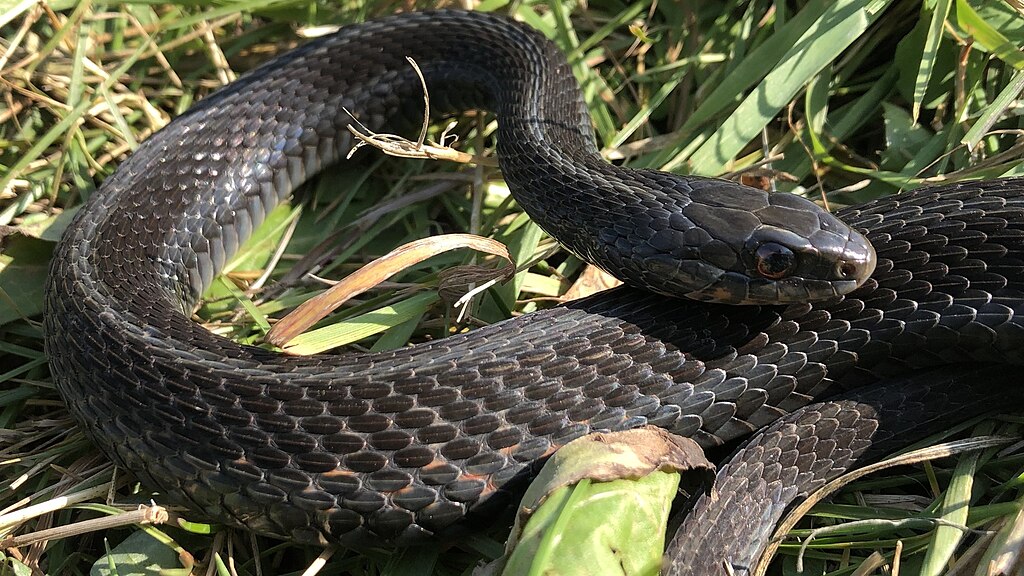
Just as snakes learn positive associations with feeding, they also develop powerful negative associations with adverse feeding experiences. A snake that becomes ill after consuming a particular prey item may develop a lasting aversion to similar prey, demonstrating a form of one-trial learning that serves as a powerful survival mechanism. This phenomenon, called conditioned taste aversion, can persist for months or even years in some species. Similarly, snakes that experience pain or distress during feeding attempts—such as being injured by prey with defensive capabilities—often develop avoidance behaviors toward similar situations. For wildlife rehabilitators working with rescued snakes, these negative associations present significant challenges when attempting to reintroduce natural feeding behaviors. Researchers studying this phenomenon have observed that negative feeding associations often form more quickly and prove more resistant to extinction than positive associations, highlighting their importance in snake survival. This learning mechanism helps explain why some wild snakes specialize in certain prey types while avoiding others that might seem equally nutritious.
Practical Applications for Snake Owners
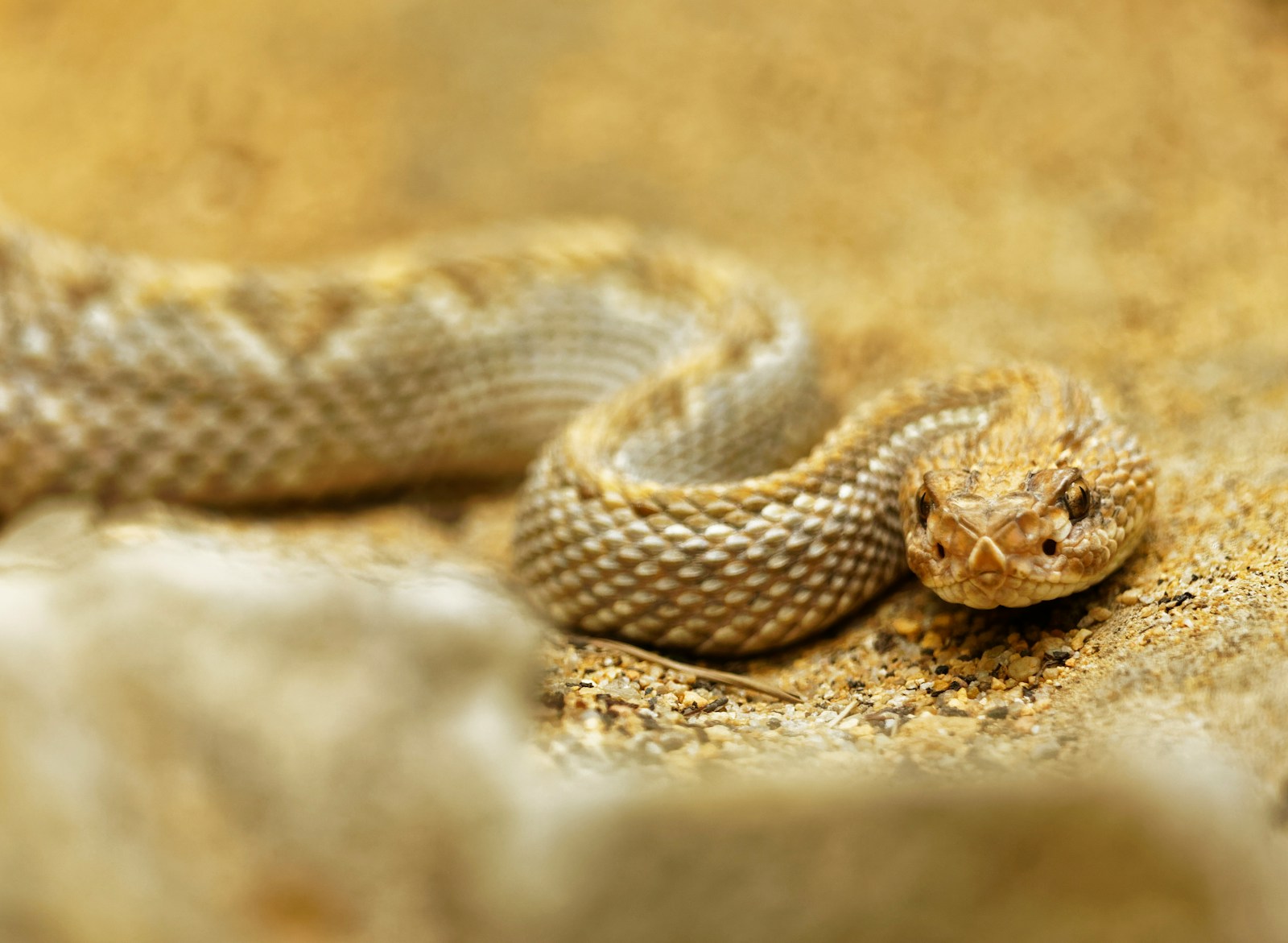
Understanding how snakes form feeding associations offers practical benefits for anyone keeping these reptiles in captivity. Establishing consistent feeding routines—using the same tools, movements, and even times of day—helps create clear associations that can reduce stress and improve feeding success rates. Many experienced keepers use dedicated feeding tongs that are never used for handling, allowing the snake to form a specific association with these tools and feeding opportunities. For snakes reluctant to accept new food items, gradual conditioning techniques like scent-transfer (rubbing preferred prey scent onto new items) leverage existing associations to build new ones. These principles prove especially valuable when working with difficult feeders or transitioning hatchlings from live to pre-killed prey. Professional facilities often design feeding protocols around these learning principles, sometimes keeping records of individual snakes’ feeding associations to optimize nutrition and minimize stress. For owners of multiple snakes, understanding species-specific learning patterns helps create tailored feeding approaches for each animal.
The Evolutionary Advantages of Associative Learning
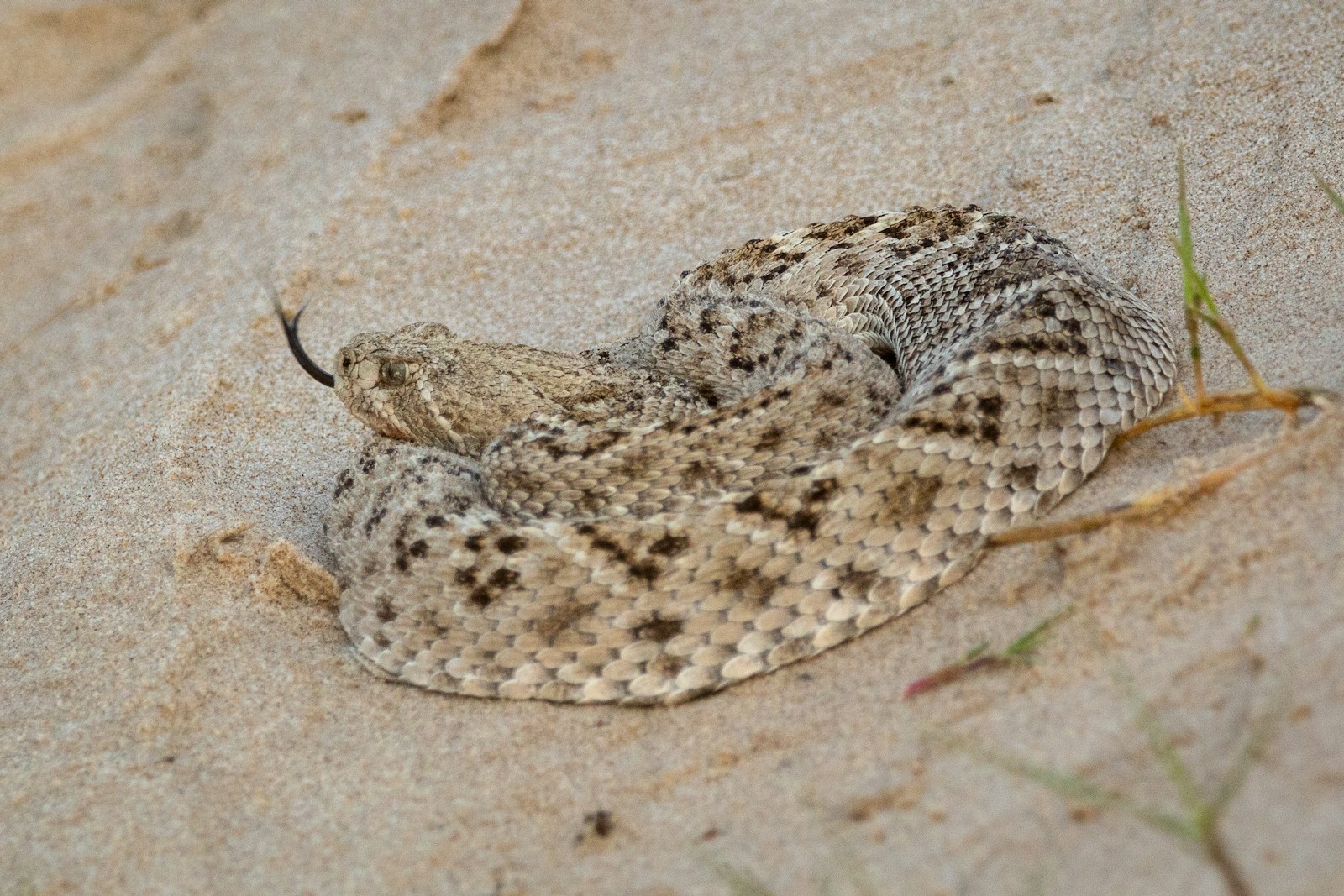
The ability to form feeding associations represents a critical evolutionary adaptation that has contributed to snakes’ success across diverse habitats worldwide. By learning which environmental cues reliably predict prey availability, snakes can conserve valuable energy by hunting more efficiently and focusing their attention on high-probability opportunities. This cognitive flexibility allows them to adapt to changing prey populations and novel environments without requiring genetic changes—a significant advantage given their relatively long generation times compared to many prey species. For generalist predators like many colubrids, associative learning enables individuals to specialize opportunistically on locally abundant prey while retaining the ability to shift preferences as conditions change. Evolutionary biologists studying these mechanisms have found that the neural systems supporting associative learning in snakes show remarkable conservation across the evolutionary tree, suggesting these abilities evolved early in vertebrate history. The persistence of these learning capabilities across all snake lineages underscores their fundamental importance to survival and reproductive success in these fascinating reptiles.
Conclusion
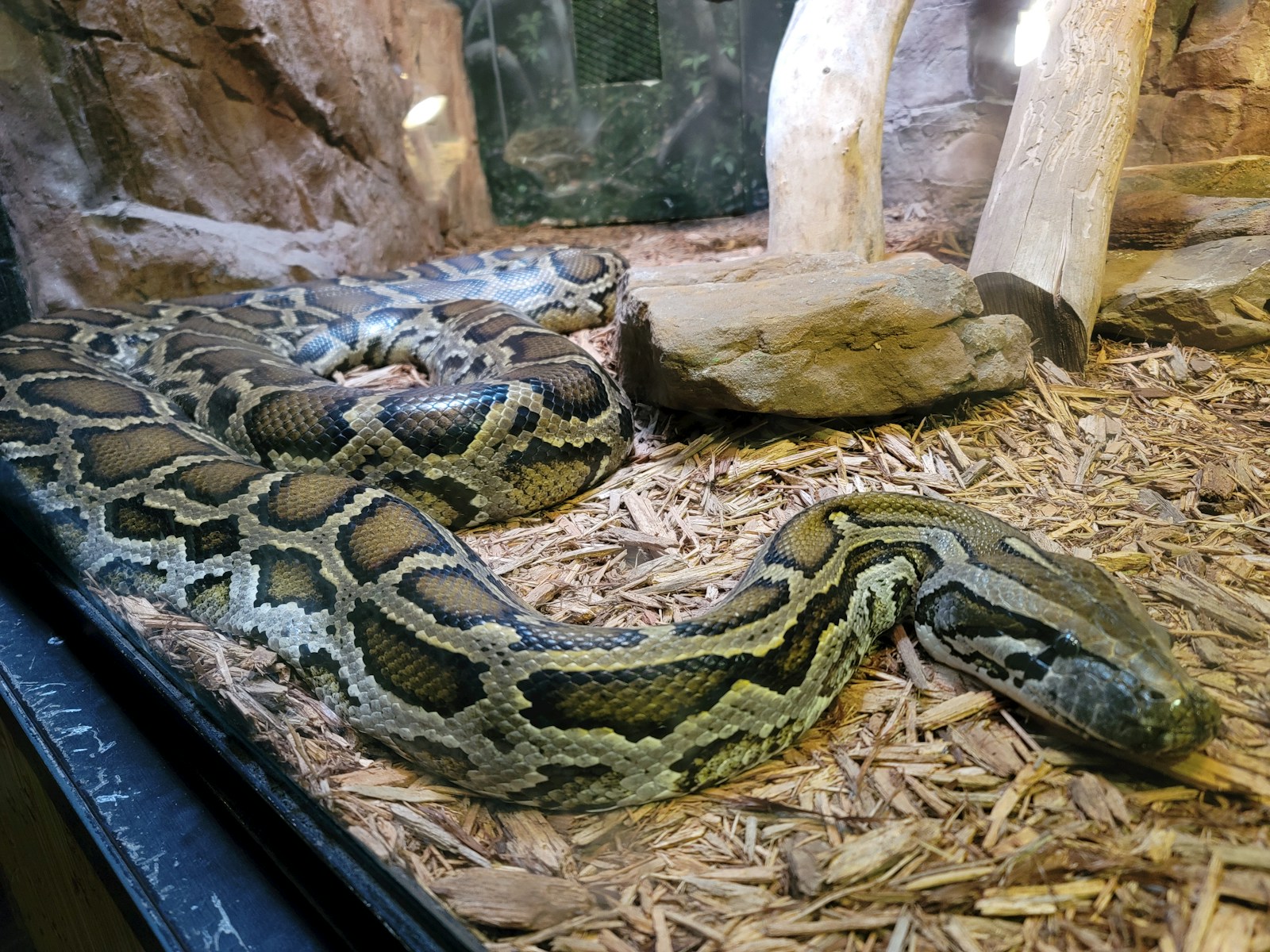
The remarkable ability of snakes to form associations between objects and feeding represents a fascinating intersection of neurobiology, evolution, and behavior. Despite their relatively simple brain structures compared to mammals, snakes demonstrate sophisticated learning capabilities finely tuned to their survival needs. Through multiple sensory systems—chemical, visual, thermal, and spatial—these reptiles create complex associative networks that guide their feeding behaviors in both wild and captive settings. Understanding these processes not only provides insights into reptilian cognition but also offers practical applications for snake keeping, conservation, and management. As research continues to unveil the nuances of snake learning, we gain greater appreciation for the cognitive abilities of these often misunderstood animals, whose survival for over 100 million years testifies to the evolutionary success of their unique approach to learning and adaptation.

